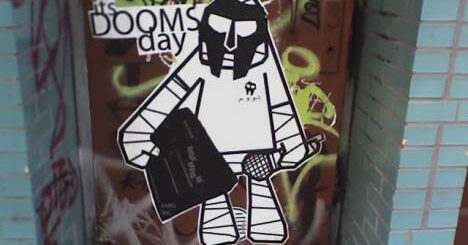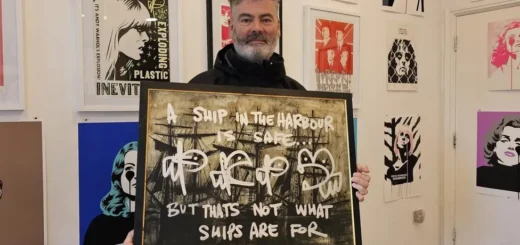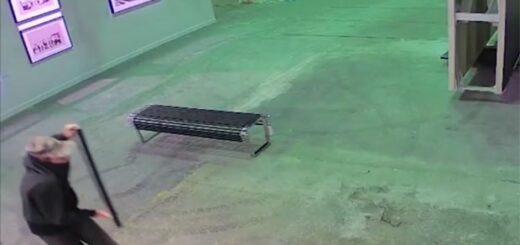Cities with the Most Beautiful Graffiti: Art Without Boundaries – Berlin, Germany
Anyone who has ever visited Berlin can tell you that graffiti is everywhere in the city. From walls and building facades to roofs, trains, and subways, the German capital is completely covered in paintings. Often referred to as the “graffiti mecca” or “Europe’s most bombed city,” Berlin has firmly established its reputation in the realm of urban art.
The roots of the city’s urban art culture can be traced back to the early 1980s with the first paintings on the Berlin Wall. Built in 1961, the Wall is perhaps the most famous man-made artifact in modern world history. It symbolizes an “iron curtain,” a term from the famous speech by Winston Churchill, which divided Europe into two blocks.
The first illegal mural on the Berlin Wall appeared in 1984, and was painted by Thierry Noir. This artist’s action inspired others and over the next five years, the entire wall on the west side of Berlin was covered with layers of artwork. However, the eastern side of the wall remained empty until its fall in 1989.
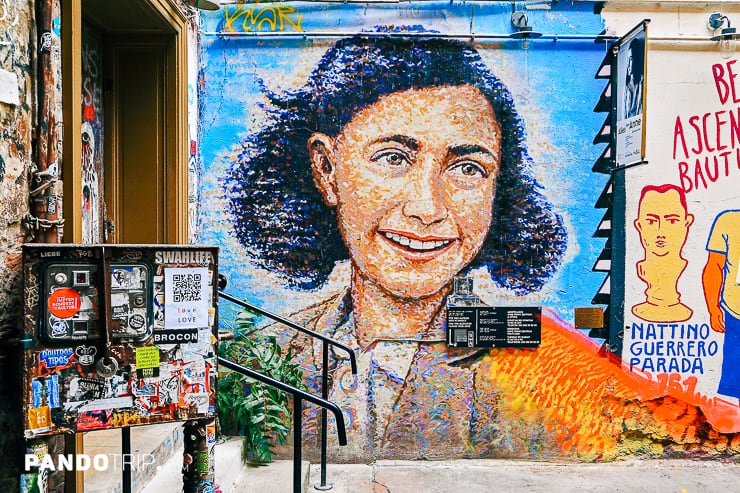
Following the Wall’s collapse, artists ventured into Eastern neighborhoods like Mitte, Friedrichshain, and Prenzlauer Berg, transforming the gray cityscapes into vibrant art districts. In 1990, artists from all over the world were invited to paint on the previously empty East side of the Wall. This resulted in the East Side Gallery, one of the largest open-air galleries in the world.
Despite its merits, the East Side Gallery also illustrates a complex issue with graffiti. What started as illegal artwork became public art and then a tourist spot. This shift blurred the lines between free expression and commercial interests, causing some controversy. In 2009, the original artists of the 1990 murals were asked to retouch their artwork, but eight refused. Controversially, the city of Berlin had these works repainted against the artists’ wishes during an area renovation.
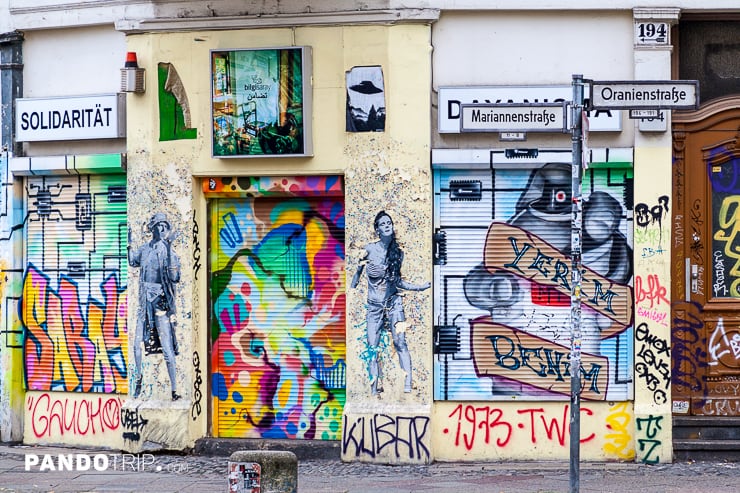
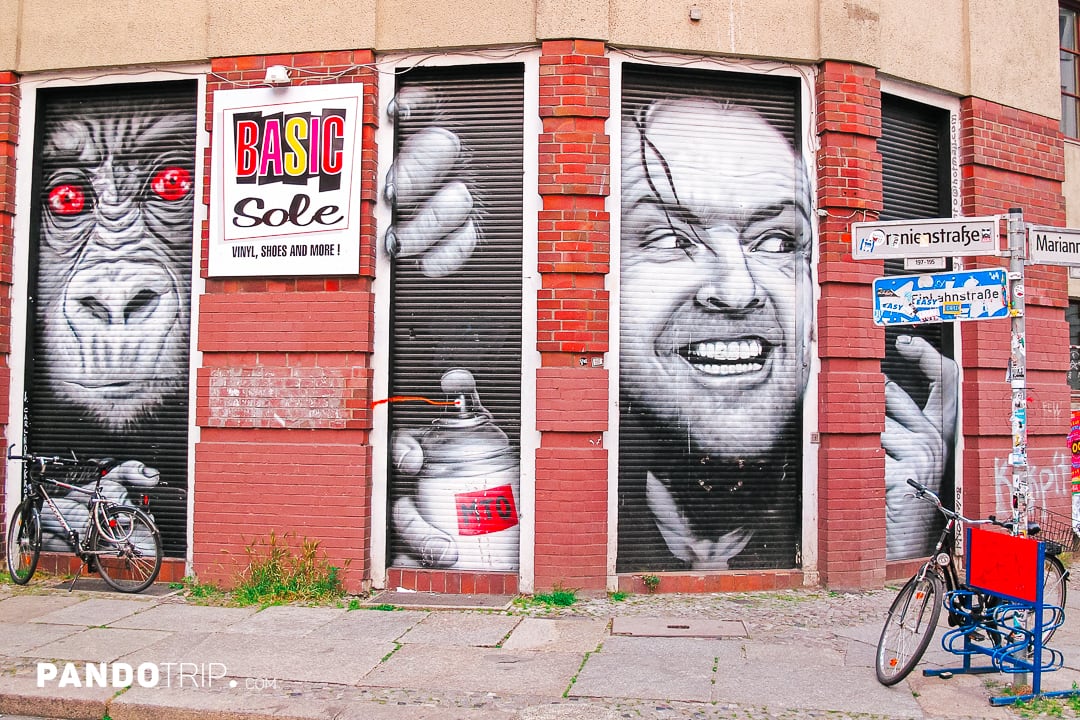
This friction between legal and illegal graffiti is evident throughout the city. While graffiti remains illegal in Berlin, a significant portion of what is visible was painted illicitly. Despite artists risking arrest and hefty fines, the practice continues. Yet, you can also find legal graffiti that has been commissioned by the city, individuals, or companies. These works, created by graffiti artists or advertising agencies, are often used as a medium to reach a different audience than traditional advertising seen on TV or billboards.

